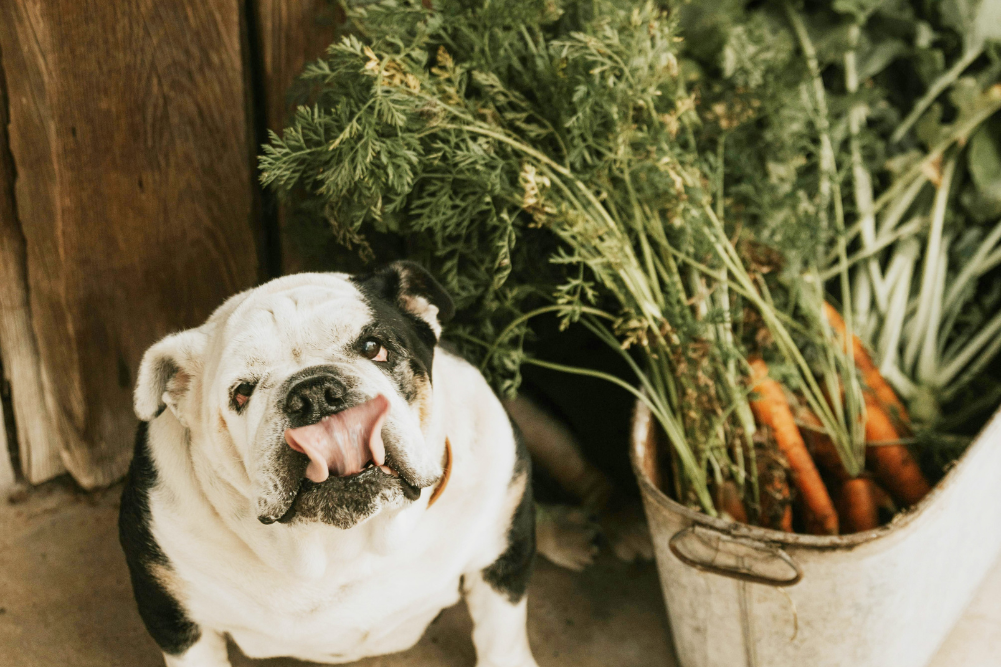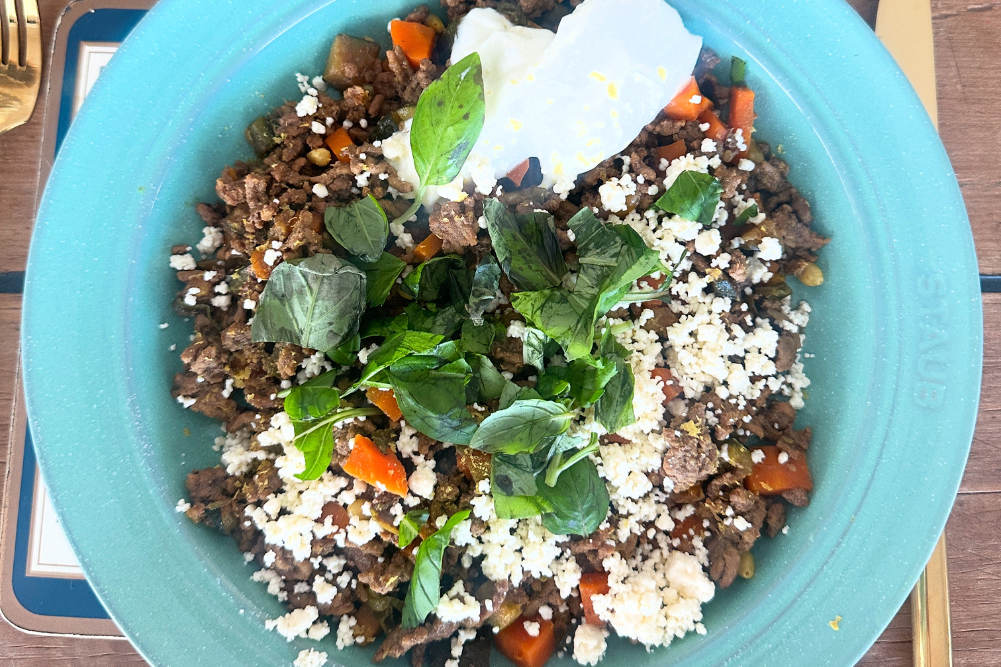Positive thrift
Rising prices for almost everything — from energy and petrol to food and housing — mean many of us have been forced to tighten our wallets. Whether it’s buying second-hand clothing or turning the air-con down, scrimping is in. However, a more frugal lifestyle doesn’t have to be all about stinginess, lack and deprivation. Or being a barefoot, non-materialistic hippy living in an isolated shack. In fact, the original Middle English language meaning of “thrift” derives from the word “thrive”. Being judicious and economical about one’s spending was equated with savings, a richer life, success and prosperity. That’s not to deny the downside of poverty. Thrift isn’t about denying or minimising the negatives associated with financial hardship or inequality. But it’s also not about how much we have. It’s about maximising whatever we have and more prudent use of our cash to enable us to thrive.
Frugal hedonism
One who thrives on spending less is Perth-based horticulturalist and author Annie Raser-Rowland. In her early 30s, Raser-Rowland noticed she was largely immune to the financial stresses many of her friends were going through. What was more surprising was the irony that Raser-Rowland and partner Adam Grubb earned less than many of these friends. A year of budget-keeping revealed that their weekly spending (excluding housing) was less than a quarter of the Australian average. Yet the pair rarely worried about money and always seemed to have enough to lead a full life. On the other hand, friends earning more were less happy and complained of never having enough. Why?
The couple, now in their 40s, started investigating their attitudes and spending habits. They interviewed others who, like them, were happily leading a low-consumption lifestyle. It resulted in a book. Published in 2015 by Melliodora Publishing, Raser-Rowland describes The Art Of Frugal Hedonism: A Guide to Spending Less While Enjoying Everything More as a guide to living a low-consumption life without feeling like a martyr. It includes a good share of decadent hedonism. How so?
The downside of consumerism
Hedonism doesn’t just mean pleasure, Raser-Rowland points out; it’s also the absence of suffering. And, she reminds us, keeping up with the modern Western lifestyle causes a lot of stress, poor health and social isolation. “People have overstuffed wardrobes they have to clean out all the time, possessions that we then own other possessions to help take care of,” she says. “We’ve got so much stuff that it’s actually stressful. And you combine that with having lots of labour-saving devices: that means that we don’t use our bodies as much as we evolved to do. And then we have access to really cheap, high-calorie foods all the time. All of this ‘indulgence’ and ‘convenience’ can actually make people more stressed and more unhealthy.”
Overconsumption also has destructive impacts on the planet. She says, “To me, true hedonism definitely includes your natural environment being healthy and beautiful, so that you can live like a happy little animal and wallow around in it.”
The bright side of a thrifty life
A lower-consumption lifestyle can be deeply satisfying and healthier for us and the planet, engaging us in physical activity, ancestral skills, local community, social and nature connection and our own creativity.
“When your go-to is to buy something every time you have a need or want to meet, then you have no push to borrow or share, or to swap skills with friends,” Raser-Rowland says. “So you become less connected with people.” In reality, there’s limited time to socialise with others. In older societies where people didn’t have as much money, most socialising came from people doing functional stuff together, she says.
Living frugally has allowed Raser-Rowland to accrue savings and enjoy financial security. “I don’t worry about money. I’ve always got a nice pad of financial fat,” she says. “That means I can do anything I really need to do or want to do. If ever I need to stop doing paid work or I just want to go on a big trip or something, I don’t even really think about it. It’s a really luxurious position to be in — hedonistic in fact.”
Being a cheapskate can also be fun and fulfilling in itself. Honing our problem-solving and creative skills, there’s the joy of accomplishment through our own grit. Frugality can be the prompt for new skills. It promotes resilience and can even furnish us with a new-found appreciation for how strong we actually are. For some, it helps us look beyond materialism to favour our more spiritual side and its riches.
Getting started on a frugal journey
Do a life/money audit
Start with an audit and analysis of your annual spending. Sit down with your bank account and financial records, a calculator and some way of recording your findings, such as a notebook or computer spreadsheet. Itemise your expenses under headings like car, rent, mortgage, food, takeaway and mobile phone and expect to be surprised by what you find. Make it fun with nibblies, wine or hot chocolate and involve the whole household.
Next up, you’ll want to rethink life a little (or perhaps a lot!). What are you most passionate about? Consider what’s essential to you and what’s not, what you can’t change and what you might tweak to spend less. The end goal is to have more downtime, less obligation to work and more time and money for what you value. Enjoy the challenge of seeing how much you can save. One key strategy to support this, Raser-Rowland suggests, “is to become a bit cynical about advertising and socially promoted ‘norms’ – enjoy the sense of not being a sucker!”
Find joy in the free and cheap
Discover and take advantage of the many amazing free pleasures in life. “We humans are ripe with nerve endings. Why waste them?” Raser-Rowland writes. As well as paid-for pleasures, “we can equally choose to relish and recognise value in experience, atmosphere, sensuality, or company.” One trick, she suggests, is to imagine you’ve paid for these things: the sunshine, a ramble in nature, conversations with others, time spent with your pet or reading a book from a street library. “You do not have to buy something to actively consume it,” she writes.
Secondly, consider if there’s a cheaper way of obtaining what you need, such as buying second-hand, borrowing, bartering or making it yourself. Arguably, such activities take time. Raser-Rowland reminds us that spending less money means we can work less, which frees up time.
Thirdly, embrace your passions. They can be your most powerful motivator to spend less, she says. And by consuming less you can cut back on paid work and have more money and time to spend on your passions.
Strategise your transport
Our cars, including petrol, repairs, insurances and rego, suck a huge chunk of our money. Thus, Raser-Rowland suggests that people on a frugal journey address their transport strategies. For some, it’s not possible to make any change here. For others, she says it may be possible to cut significant costs by getting rid of one car, making changes to the school drop or moving closer to the kids’ school, investing in a bike, working more days from home and so on. “Doing a bit of a transport rejig can be a huge area of saving for some people,” she says. A calculation by Raser-Rowland and Grubb found that for the same cost of running a standard car for one year, you could hire three Ubers a week and a rental car every third weekend.
Halt waste
“One of the biggest areas we suggest people focus on is waste,” Raser-Rowland says. “Especially now with groceries becoming so much more expensive.” She says most households continue to throw out about 20 per cent of the food they buy. “That’s a serious saving for a lot of people.”
According to the Fight Food Waste Cooperative Research Centre, the key to avoiding food waste is conscious meal planning and shopping —write a list and stick to it. Take into account personal food tastes and appetites and allow for change and flexibility in your plan. Store your foods and any leftovers properly and eat what needs using up first when you’re cooking. See it as a fun challenge and test of your creativity to get waste down.
Eat and drink at home
One of Raser-Rowland’s key strategies for saving money is to eat and (especially) drink at home. A survey by Raser-Rowland and Grubb found that drinks typically account for about a third of the cost of eating out. “If it’s a really important ritual to you to go have a coffee every Saturday morning with a friend, definitely do that,” she says. “That stuff’s important. But that kind of unappreciated, default buying of drinks is a big expense for many people. The takeaway coffee didn’t even exist 20 years ago and no one felt deprived.”
Move social events to a venue that’s free — like your home or the outdoors. “A couple of people really can have a hell of a good time saying particular words in particular orders — BYO brain, no accessories required,” Raser-Rowland writes. When you do eat out, it will feel seriously decadent and more meaningful than if you do it all the time.
Another key tip is to eat seasonally, buy wholefoods and basic ingredients like rice and oats. “All of that stuff works out much cheaper,” she says.
Grow some food
A further measure to reduce the food bill is to grow some of your own food. With food costs rising (and unlikely to go down given climate change and other factors), it’s worth the effort to grow some easy fruit and veggies. If your situation is limited, go for some window sill herbs and greens, Raser-Rowland says. “Because you often only want a few sprigs and yet you have to buy a whole bunch, and it costs you $4.99. It’s so easy to grow a little bit of parsley.”
Scores of articles, websites and books exist on how to grow food inexpensively through cuttings, seed saving, composting, water harvesting, using edible weeds and more.
Power down the energy bill
The power bill is another one of our biggest expenses. This will vary depending on the size of your home, number of occupants, climate, appliances and other factors. In the long term, switching to renewable energy can guard against rising prices, but it’s not a prerequisite for leading a thrifty life. “Do whatever is in your means that isn’t going to stress you out, and that feels appropriate to your situation,” Raser-Rowland says.
She recommends pragmatic but cosy, pleasurable strategies like hot water bottles and heated electric blankets (“They use a fraction of the energy of heaters,” she says), hot drinks, warm clothes and getting active when it’s cold. Energy experts also recommend using throws, heating or cooling one room, taking advantage of natural sunshine or shade, and insulation like thick curtains, draught stoppers and seals.
Make cutting costs fun and take joy in being resourceful and creative.
Make second-hand the go-to
Raser-Rowland saves a huge amount of money by sourcing most of the things she needs second-hand. “When you’ve got stuff like Facebook marketplace, op shops overflowing with everything you could possibly need and so on, there’s just no reason to buy anything new,” she says. “There’s so much really good second-hand stuff floating around.”
Taking advantage of second-hand items is also great for the environment, using what would otherwise go to landfill and reducing future manufacturing and its toxic impacts on the planet.
Be materialistic: care and repair
Another aspect of frugalism is maintaining our belongings. Raser-Rowland believes we’ve almost fetishised not caring for our stuff as an act of not being uptight. “Be dazzled that you even have all this stuff with its stupefying lineage of effort and resources. Be reverential! Be grateful. Then look after it,” she writes.
Raser-Rowland partially credits her mother for her contented frugality. “She taught me an attitude of really appreciating everything you have, and also the value of not over-spending so that you always have enough saving to feel financially safe. Combine those two things, and really, it’s a pretty good recipe.”








